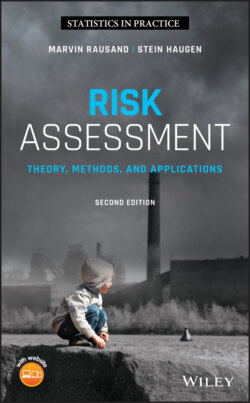Читать книгу Risk Assessment - Marvin Rausand - Страница 26
2.2.1 Three Main Questions
ОглавлениеRisk (as used in this book) is always related to what can happen in the future. In contrast to our ancestors, who believed that the future was determined solely by the acts of God (e.g. see Bernstein 1998), or by destiny, we have the conviction that we can influence the future by analyzing and managing risk in a rational way. Our tool is risk assessment, and our goal is to inform decision‐making concerning the future.
The possibility that events with unwanted effects may happen is an inherent part of life. Such events can be caused by natural forces, such as flooding, earthquake, or lightning; technical failures; or human actions. Some events can be foreseen and readily addressed, whereas others come unexpectedly because they appear unforeseeable or have only a very remote likelihood of occurrence. In many systems, various safeguards are put in place to prevent harmful events or to mitigate the consequences should such events occur. Risk assessment is used to identify what harmful events can occur, the causes of these events, to determine the possible consequences of harmful events, to identify and prioritize means to reduce risk, and to form a basis for deciding whether or not the risk related to a system is tolerable.1
For the purpose of this book, we follow Kaplan and Garrick (1981) and define risk as:
